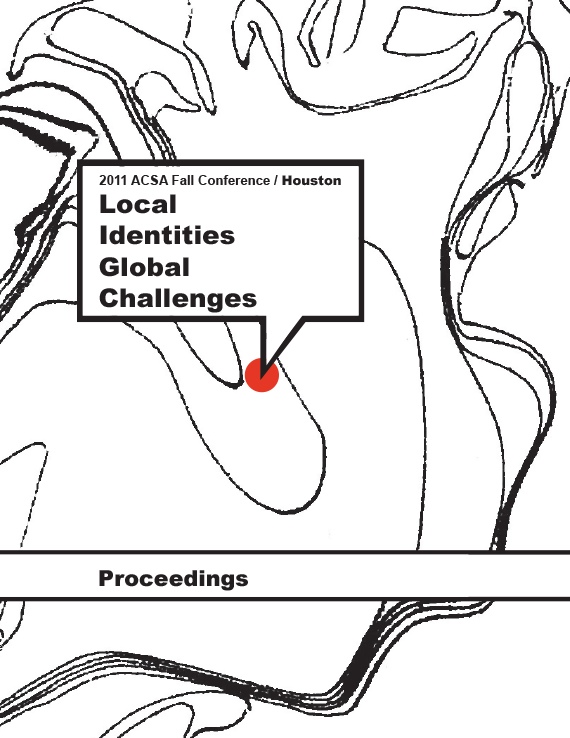Author(s): Leonard Yui
Recent ecological concepts like the disequilibrium theory are transforming how scientist, philosophers and landscape architects understand and engage the world. The aim of this paper is to help bring inline contemporary architectural theories with this new direction. I will suggest modifications to the USGBC LEED and Living Building Challenge programs to help illustrate these new concepts. A new application for our sustainable objectives also reveals the historical constructs that have helped shaped where we are today and how we could move forward. Architects are now designing within the context of a global population that has doubled since the early sixties and presents new and emerging environmental challenges. The growth in the last fifty years has ensured a steady amount of creative work by architects, but has also led to neglect issues related to responsible ecological design. Architects today face a decision to either hold fast to design theories that perpetuate environmental degradation, as criticized by initiatives like the 2030 challenge, or provide beneficial changes that will align architects more closely with the contemporary ethos involving many outside disciplines. The environmentalism of the sixties and seventies is finally saturating today’s architectural theories in our classrooms and practice, but is long overdue. The success and wide acceptance of programs like USGBC LEED and similar programs are some vindication for those first pioneers who integrated environment and architecture together through design. However, for a new generation of designers, many new theories and concepts led by scientists and philosophers are available to help incite a change towards a more dynamic ethos about our world’s ecological complexities. This paper seeks to provide a critique of the original organic design theory, supplementing the theories set forth by architectural theorists such as Frank Lloyd Wright and Le Corbusier. The aim is to align our contemporary design theories more closely with newer paradigmatic understandings in ecology, namely the disequilibrium theory. I will show that the prescriptive LEED and the modified Living Building Challenge (LBC) scoring systems are a step in the right direction, but are also a carryover of an older ecological paradigm. I identify the metaphorical imageries applied to buildings, such as the “flower,” as the singular and dominant representation of the natural systems. I refer to this useful and influential, but perhaps outmoded, paradigm of ecology as used in today’s design theory as the “living metaphor.” I investigate the principles of the disequilibrium theory and propose the application of the renewed ecological importance of deadwood (or coarse woody debris) in order to reconsider a supplemental organic design theory that includes those missing parts of the biological lifecycle like decay and regeneration. I refer to this additional strategy as the “dead metaphor” and provide a working descriptive criterion aimed at complementing and engaging more directly with traditional design theory. I also re-categorize the LEED and LBC criterion points so these benchmarking standards better correspond with the new theory.
Volume Editors
Ikhlas Sabouni & Jorge Vanegas

 Study Architecture
Study Architecture  ProPEL
ProPEL 
